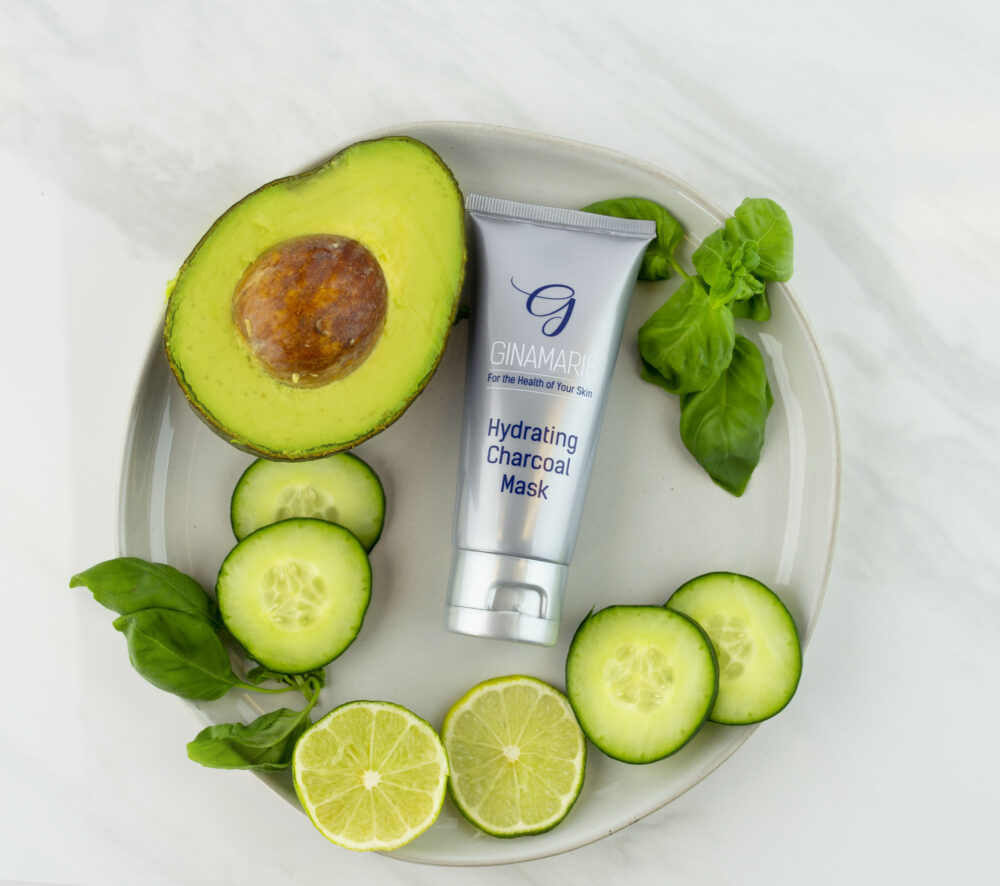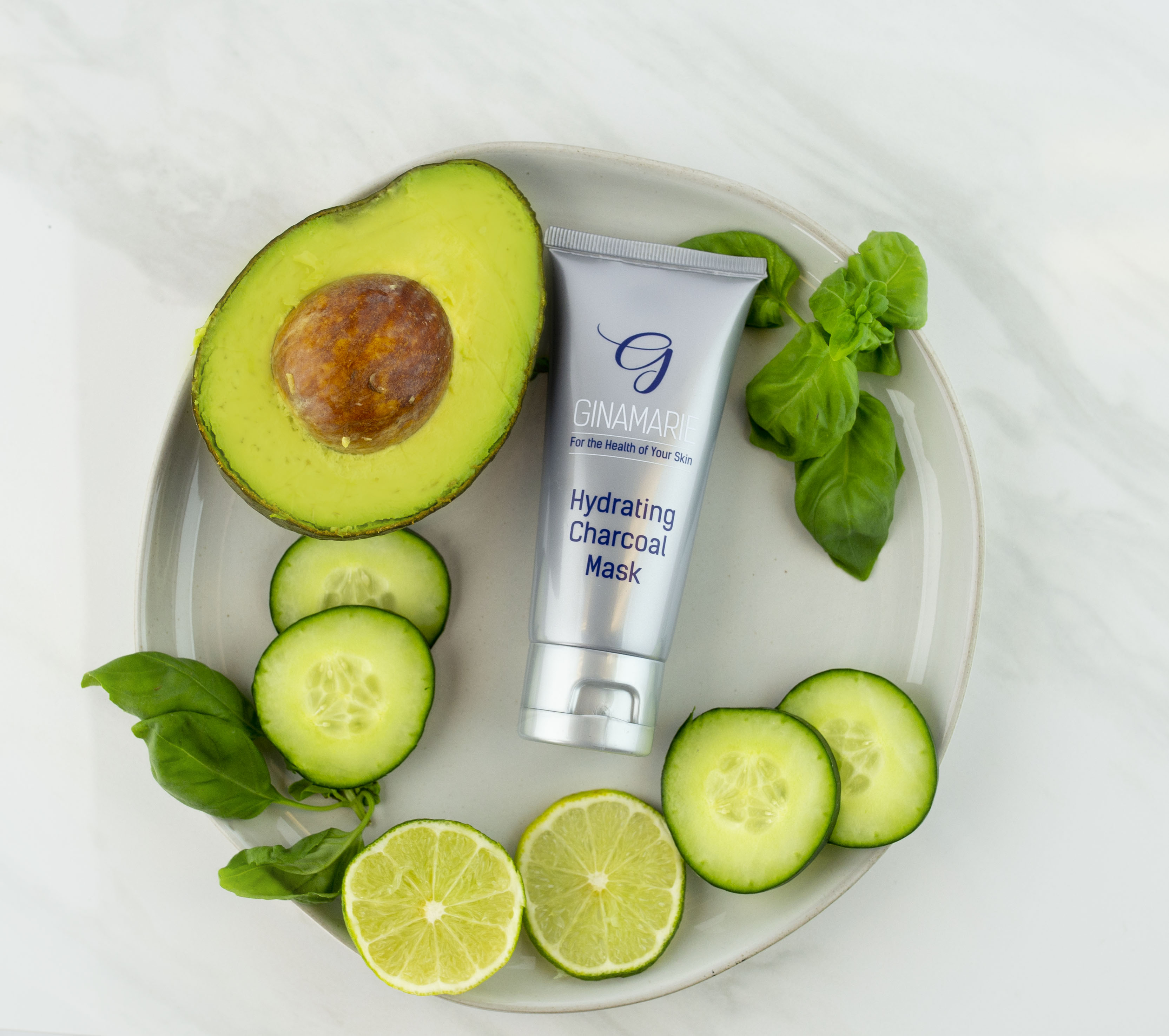The Connection Between Nutrition & Skin
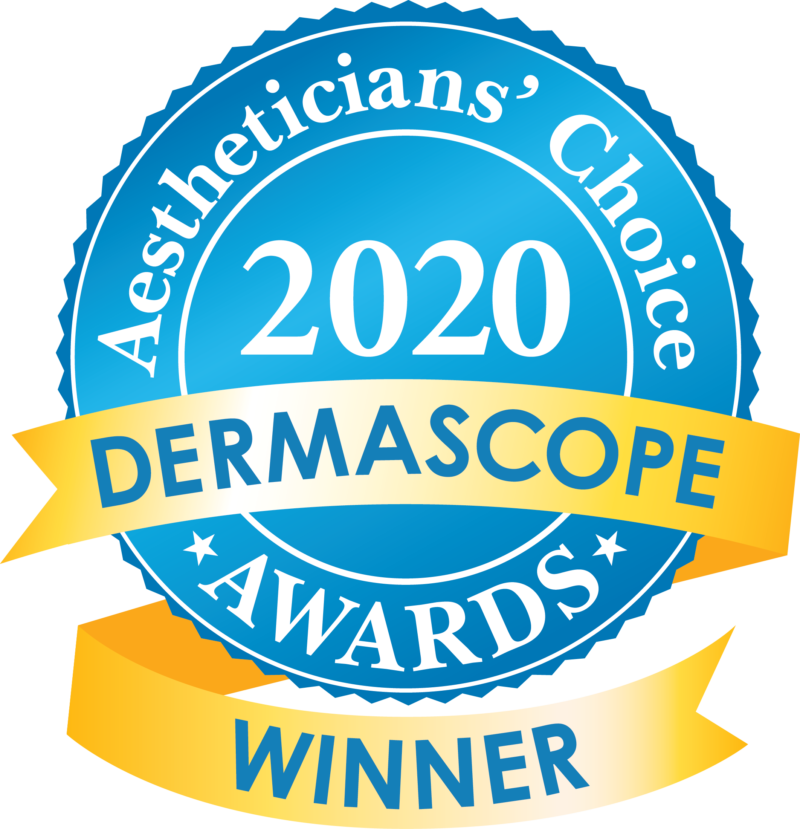
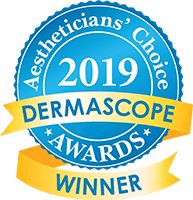

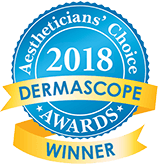
by Gina Marie McGuire, L.E., CEO and president of Ginamarie Products, Continuing Educations, Inc
The Connection Between Nutrition & Skin
There is a saying that “you are what you eat”. The message is clear: there is a direct correlation between our health and what we eat. What we eat today affects how we feel, how we look, and how we perform today and tomorrow. Beautiful skin, healthy skin, youthful skin, whatever we are looking for, begins with what we eat. Nutrition and skin go hand-in-hand and it is imperative that the esthetician has a clear understanding of how the two relate and the effects they have on one another.
Nutrition can be confusing and overwhelming not only for clients but for the professional as well. The information is endless; and yes, even contradictory when it comes to nourishing our body. The only way we can heal anything in or on our body is through our bloodstream. Blood is what nourishes and heals. When we eat our food, it goes through our digestive system, then to the circulatory system, and in turn bringing nutrition to and taking waste away from every living cell in our body.
Skincare advertisements make it quite obvious that the skincare industry is moving in a progressive direction with ingredients that are rich in antioxidants, vitamins, and minerals. These key ingredients are the driving force behind advanced skin treatments and product sales. Taking a holistic approach to treating and caring for skin most certainly has its benefits. However, the practitioner must be able to differentiate between the truth and marketing.
Knowing that skin has three separate classifications; a tissue (epithelial), organ (largest organ), and body system (Integumentary System) makes caring for skin a bit more complicated. So, let’s simplify and start at the beginning. The cell is the basic unit of life. Everything starts with a living cell. In essence, all we are treating are cells that have multiplied and formed the human body, which includes the largest, uninterrupted organ of the body: skin. Our skin is intricately connected to every cell, tissue, organ, and body system. Therefore, the starting point to nutrition and skin begins at a cellular level. Understanding what the cell requires to keep us healthy and what can harm the cell is the first step in nourishing and healing the skin. Over time the result of not meeting the requirements of the cell can have long-lasting, permanent damage to the overall health of our skin.
Daily requirements of a cell: Nourishment, water, activity, elimination, rest, sunlight, and oxygen. If the cell, multiplied into a human body, does not get what it needs daily it will begin to break down. In the case of our skin, it will begin to prematurely age, losing its elasticity, vibrancy, and will in turn have difficulty healing.
Two conditions that can harm or impair a cell: Toxins and pressure. Both of these conditions should be avoided to the very best of our ability. An example of a toxin is polluted air. This can include not only what we breathe when we walk outside but the air in our home and work environment. Oxygen is a requirement of the cell and when we are breathing in pollutants we risk causing damage to the skin. This is where free radicals come into play.
Free radicals are residual results created in the body during normal metabolic functions and/or are introduced from our environment. These free radicals react with certain chemicals in the body, and in the process, interfere with the cell’s ability to function normally. The end result is threatening to the cell. Antioxidants are the defense against these free radicals. In the same way that free radicals are created in the body, so too does the human body create several antioxidant enzymes that will neutralize many of these free radicals. Unfortunately, due to the quality of the food we eat, the air we breathe, and the stressful way in which we live our lives, the antioxidants our body produces are not enough to neutralize the overabundance of free radicals we take in daily.
What is the solution? It may be necessary to add supplements to our daily diets. Many vitamins and minerals act as antioxidants and the first source should be from the food that we eat. A diet high and balanced in vitamins C, E, beta-carotene, B2, coenzyme Q10, lycopene, to name a few provide the antioxidant sources to create a defense against free radicals. Incorporating a consistent balance of fiber, protein, fat, and carbohydrates will ensure better nutrition for our skin and our overall health.
Regarding the health of our skin, incorporating skincare products that have key ingredients such as niacin (B3), vitamin E, bakuchiol, peptides, allantoin, green tea tree leaf extract, hyaluronic acid, avocado oil, orange, and lemon peel oil extract, to name a few will improve the health of the skin in a significant way. Let’s not forget water, as water is defined as an essential nutrient because it is required in amounts that exceed the body’s ability to produce it. However, be aware that the product base these ingredients are in must have the ability to go beyond the top layer of skin. Otherwise, we are only rubbing oil and dirt around.
Healthy skin is impossible to achieve without proper nutrition. Having an understanding of the client’s nutrition is the first step to improving their skin. The next step is giving the client the direction they need to incorporate nutritious daily eating habits and an effective daily skincare regimen. The combination of the two becomes the basis of the healing process and the path to healthy, radiant, beautiful skin. The perfect recipe for positive end results.
Published on Dermascope.com

